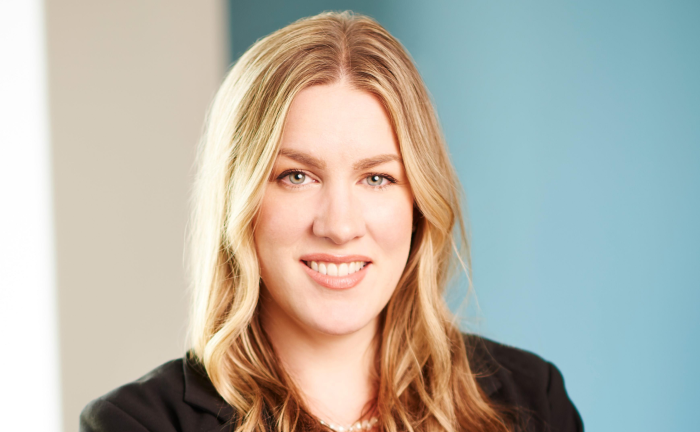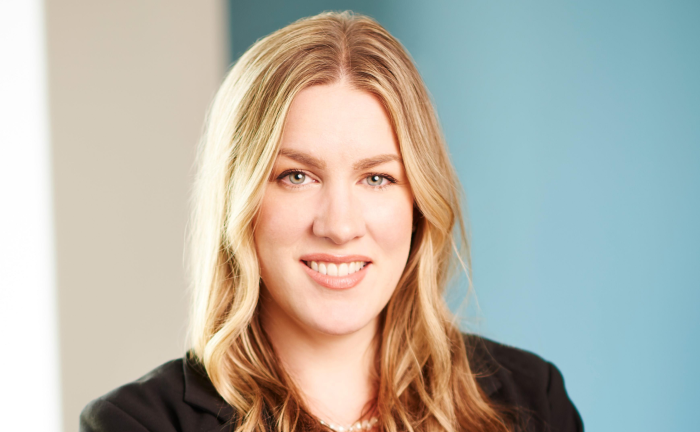
I am in a quandary about how to invest $750,000 that’s in my 401(k). I’m 67 years old, retired and I have not started taking Social Security yet. What is the best way to preserve this money for the rest of my life that doesn’t have high fees?
-Terry
As you know, the big challenge in your situation is choosing from the many investment options that are at your disposal given your 401(k) asset base and desire to remain fee-conscious. Of course, the optimal solution ultimately depends on your personal situation and goals in retirement, and possibly beyond. We will begin by outlining a framework you can follow to evaluate your current situation and then share some considerations to inform your actions. (And if you need more help with your finances in retirement, consider speaking to a financial advisor.)
Assess Your Personal Situation and Goals
Before you select an investment strategy, it is imperative that you have a complete understanding of your personal situation and goals for retirement. Knowing that you want to preserve the assets for the remainder of your life is a helpful start. But go a few steps deeper by asking yourself these questions:
-
Beyond Social Security and your 401(k), do you have any other assets (brokerage accounts, IRAs, etc.) that can further support your retirement and provide additional income streams?
There are many other questions you could ask yourself. However, the important point is that in answering questions such as these, you should be able to gain a better understanding of how the capital should be invested to support your needs and goals while preserving the funds throughout your retirement. (And if you need help assessing your personal situation or setting goals, a financial advisor can help.)
Consider Asset Location, Not Just Asset Allocation

In evaluating the costs of investing, you may find that asset location is just as important as asset allocation. “Asset location” refers to the account that your money is actually sitting in. Since the $750,000 that you’re asking about is currently in a 401(k), you’d want to first review the particulars of your plan. Does your plan give you the option of taking partial withdrawals, allowing you to use your savings as needed, or does it limit your withdrawal options to required minimum distributions (RMDs) and lump sums? If you’re not sure, refer to your plan’s summary plan description or reach out to the plan administrator.
If your plan does not allow partial withdrawals, your options are to roll the money into an IRA, convert it to a Roth IRA or withdraw the money outright. Please remember that the Roth IRA and outright withdrawal will be taxable events, but the rollover to an IRA is not taxable.
If your plan allows you to take partial withdrawals, you may want to evaluate whether to leave your assets there.
The positives of leaving assets in the 401(k) after retirement may be that you have lower-cost investment options than are typically available to retail investors. Some of these options may include target date funds, annuity contracts with pre-negotiated fees and institutional pricing on mutual funds. Furthermore, if your former employer works with a competent investment consultant who was specifically hired to advise the company on the plan’s investment lineup, the menu of options will be limited to a few closely monitored options that are believed to be the best-in-class based on factors such as fund manager tenure, returns, risk and investment expenses.
The advantages of moving your assets out of the 401(k) may be to consolidate your funds with other retirement savings, access a broader range of investment options than the plan offers and avoid administrative account fees that may or may not apply to you. (And if you need help with your plan for retirement, consider matching with a financial advisor.)
Consider the Risks You Face

A prudent approach to investing for and through retirement is to prioritize proper risk management. Your stated desire to preserve your money for the rest of your life succinctly identified the most common broad risks that retirees such as yourself will need to balance: longevity risk and investment risk.
Longevity risk is the risk that you will outlive your money. With Americans living longer and with inflation being an ever-present threat to the dollar’s purchasing power, this is an unfortunate reality many will face. Allocating some of your portfolio to equities will be your best defense against longevity risk. Many retirement-age investors shy away from equities, nervous about short-term market swings. However, the truth is that retirement is a long time (think 19 to 30+ years). Your equity allocation has a long time horizon to withstand short-term market fluctuations in favor of long-term growth.
Investment risk is the risk that your investments will lose value. As we just mentioned, you will want to have some allocation toward equities, but you’ll also want to include fixed-income investments, including bonds and cash equivalents that have characteristics of price stability and relative safety of principal. Today’s higher interest rate environment has even made modest investment income realistic from some of the safest fixed-income vehicles such as Treasurys, money market funds and certificates of deposit (CDs). (And if you need help picking the right mix of investments, let a financial advisor guide you through the process.)
How to Manage Risk
In order to further minimize disproportionate exposure to other types of risk such as interest rate risk, credit risk, exchange rate risk, market risk and business risk to name a few, you’ll want to diversify within your equity and fixed income allocations.
My suggestion here would be to utilize pooled investment vehicles such as mutual funds or exchange-traded funds (ETFs) which give you the ability to hold large baskets of underlying investments. Mutual funds and ETFs are generally available as either index (passive) strategies or as active strategies.
The index options will give you exposure to large segments of financial markets at a low cost. An S&P 500 index fund, for example, is a popular type of equity index fund. Active funds strive to beat their respective indices by seeking better investment returns and/or better managing downside risk. Of course, the active funds generally have higher expenses than index alternatives, and you as the investor will have to decide whether the additional expense justifies the active approach.
Finally, you will need to adjust your asset allocation to align with the risk/return profile you deem most appropriate given your personal situation and goals. Remember, more equity generally means more risk of investment loss, but without at least some, you run into greater longevity risk. (A financial advisor can help you navigate the various risks you’ll potentially face in retirement.)
Bottom Line
There is unfortunately no one-size-fits-all approach to investing with an eye towards capital preservation and cost minimization. However, there are many options to consider. The optimal solution will depend on your unique situation and goals for retirement, as these inform your risk tolerance and return requirements. Once you understand these components, it will be easier to decide where and how to invest your hard-earned savings.
Tips for Finding a Financial Advisor
-
Finding a financial advisor doesn’t have to be hard. SmartAsset’s free tool matches you with up to three vetted financial advisors who serve your area, and you can have free introductory calls with your advisor matches to decide which one you feel is right for you. If you’re ready to find an advisor who can help you achieve your financial goals, get started now.
-
When talking with prospective financial advisors, it’s important to ask the right questions. As you consider your options, these are the questions you should ask an advisor to ensure you make the right choice.
-
Keep an emergency fund on hand in case you run into unexpected expenses. An emergency fund should be liquid — in an account that isn’t at risk of significant fluctuation like the stock market. The tradeoff is that the value of liquid cash can be eroded by inflation. But a high-interest account allows you to earn compound interest. Compare savings accounts from these banks.
Loraine Montanye, CFP®, AIF® is a SmartAsset financial planning columnist and answers reader questions on personal finance topics. Got a question you’d like answered? Email AskAnAdvisor@smartasset.com and your question may be answered in a future column.
Loraine is a senior retirement plan advisor at DBR & CO. Additional resources from the author can be found at dbroot.com.
Please note that Loraine is not an employee of SmartAsset and is not a participant in SmartAsset AMP. She has been compensated for this article. Some reader-submitted questions are edited for clarity or brevity.
Photo credit: ©iStock.com/simonkr, ©iStock.com/tdub303
The post Ask an Advisor: I’m 67 with $750K in a 401(k). How Can I Preserve This Money for the Rest of My Life? appeared first on SmartReads by SmartAsset.
EMEA Tribune is not involved in this news article, it is taken from our partners and or from the News Agencies. Copyright and Credit go to the News Agencies, email news@emeatribune.com Follow our WhatsApp verified Channel





